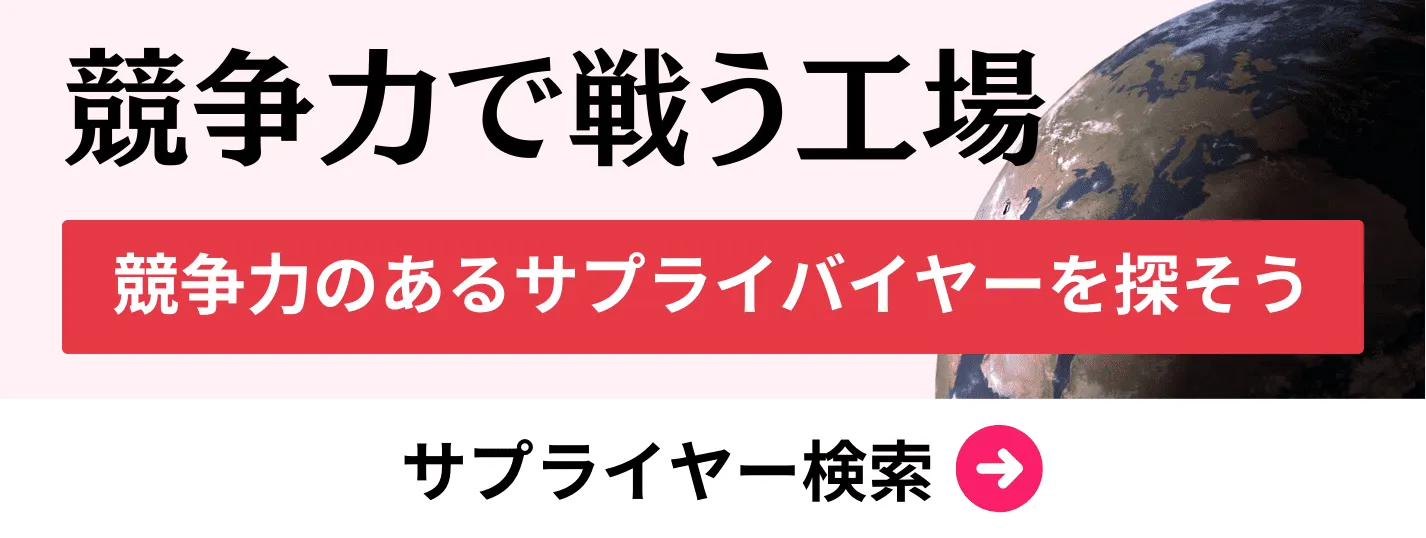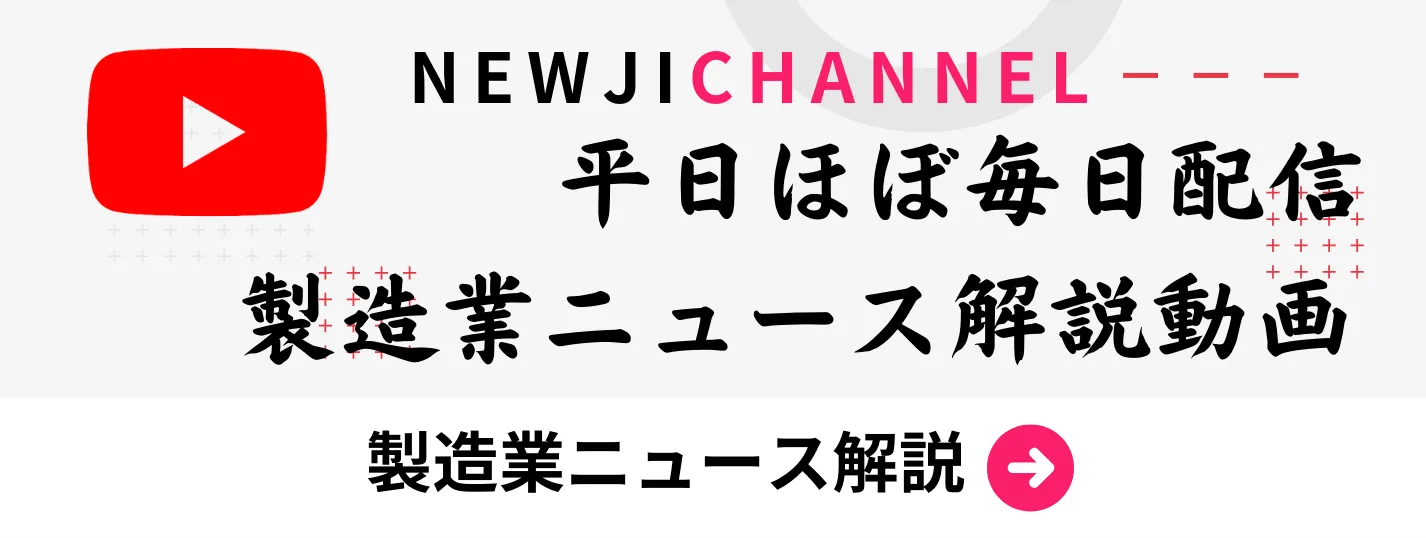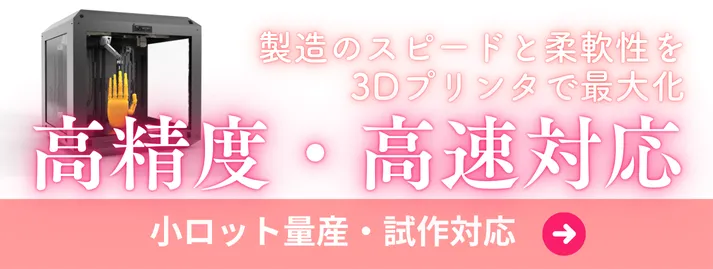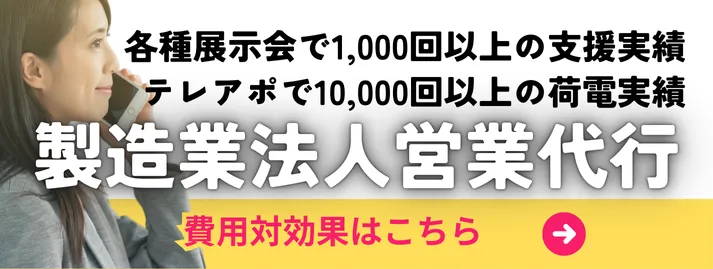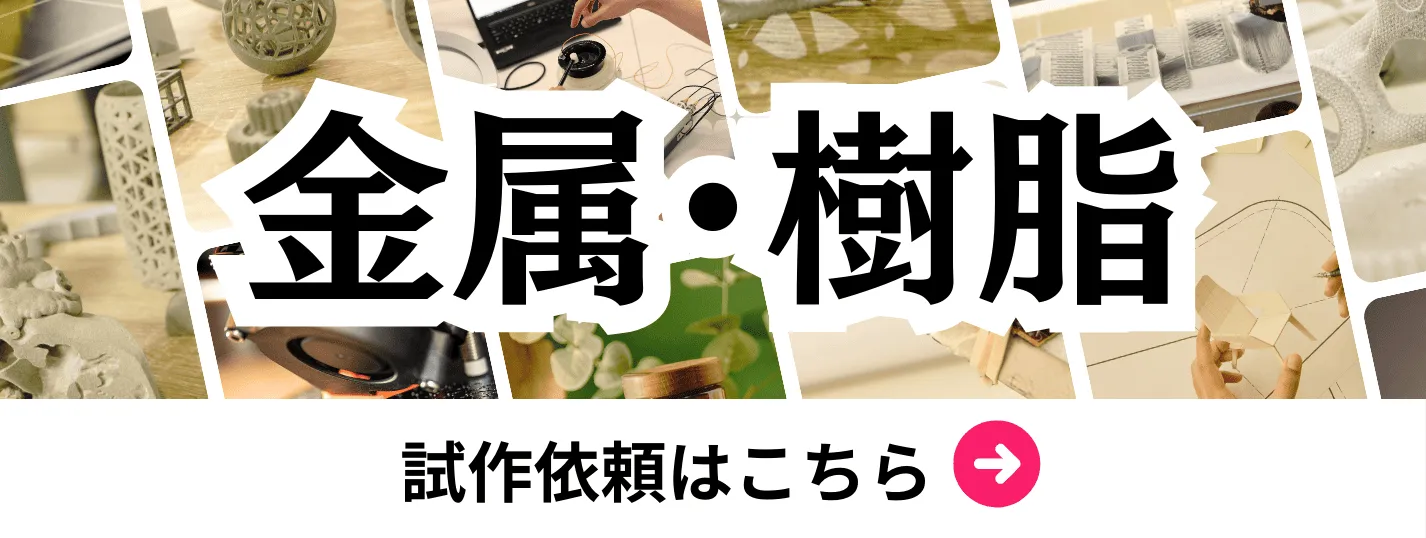- お役立ち記事
- Wine filling technology in plastic containers and the importance of PoC verification
月間76,176名の
製造業ご担当者様が閲覧しています*
*2025年3月31日現在のGoogle Analyticsのデータより
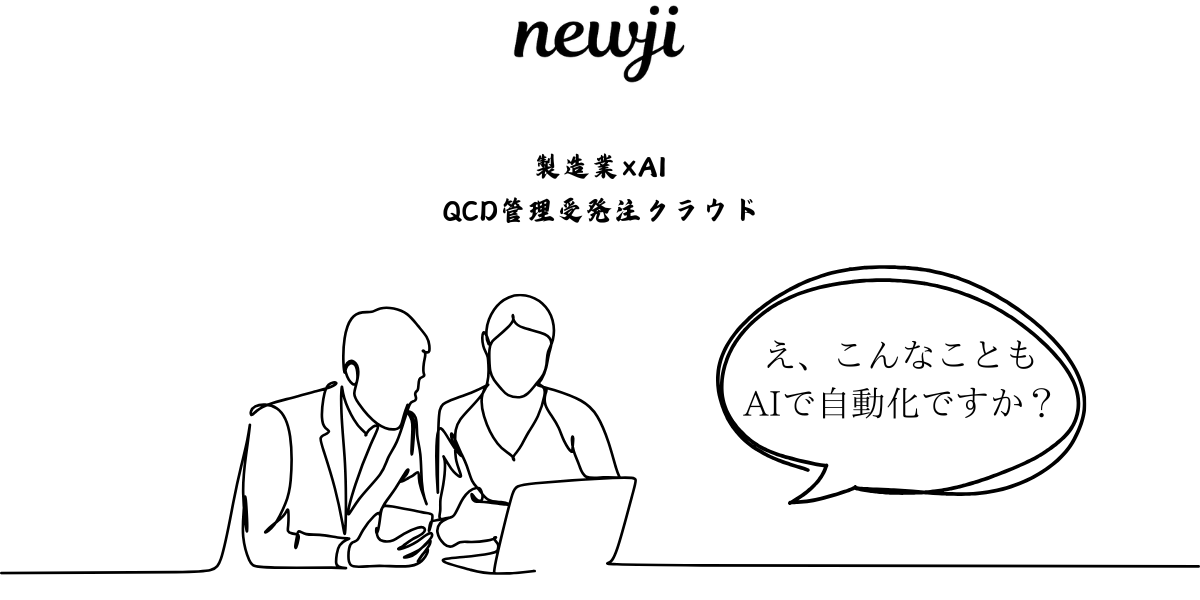
Wine filling technology in plastic containers and the importance of PoC verification

目次
Introduction to Wine Filling in Plastic Containers
Wine, a cherished beverage worldwide, has traditionally been stored and distributed in glass bottles.
However, with advances in technology and increased focus on sustainability, the wine industry is gradually exploring alternative packaging solutions.
One such innovation is the use of plastic containers for wine filling.
This transition is not only about keeping up with technological advancements but also involves meticulous planning and testing processes, such as Proof of Concept (PoC) verification.
The Rise of Plastic Containers in Wine Packaging
Traditionally, wine has been synonymous with glass bottles.
The reason for this is twofold: glass is chemically inert and prevents interactions that could alter the wine’s flavor, and it has been the industry standard for centuries.
But glass bottles are heavy, brittle, and require significant energy for manufacturing and recycling.
With growing environmental concerns and the desire to reduce carbon footprints, the wine industry is actively seeking more sustainable solutions.
Plastic containers, particularly those made from polyethylene terephthalate (PET), present a viable alternative.
They are lighter, less energy-intensive to produce, and can be recycled multiple times.
Additionally, advances in plastic manufacturing have led to the development of PET containers that closely mimic the protective properties of glass bottles.
Benefits of Plastic Wine Containers
Plastic containers offer several advantages over traditional glass bottles:
1. Environmental Impact
Plastic containers have a smaller carbon footprint than glass because they are lighter and require less energy for transportation and production.
This plays a key role in reducing greenhouse gas emissions, making the shift towards plastic an eco-friendlier choice.
2. Cost-Effectiveness
Producing and transporting plastic containers is typically more cost-effective than glass bottles.
This cost efficiency can lead to reduced prices for consumers and potentially higher profit margins for wineries.
3. Convenience
Plastic containers are less fragile than glass, making them easier and safer to handle, especially in outdoor or casual settings.
They are also resealable, adding convenience for consumers who prefer to enjoy wine over multiple sittings.
4. Innovation and Design Flexibility
Plastic containers offer greater flexibility in terms of design and branding.
Wineries can experiment with unique shapes and sizes to differentiate their products on the shelf.
Addressing Concerns with Plastic Wine Containers
Despite these benefits, some challenges and concerns need to be addressed when it comes to using plastic for wine packaging.
1. Quality and Safety
One of the main concerns is the potential interaction between plastic and wine, which could affect the beverage’s taste and safety.
It is crucial to ensure that plastics used do not leach harmful chemicals or alter the wine’s flavor profile.
2. Wine Aging
Unlike glass, which is impermeable, plastic containers are slightly permeable to oxygen.
This can affect the wine’s aging process differently.
Producers need to consider this when selecting plastic as a packaging material to ensure the wine quality is preserved from bottling to consumption.
3. Consumer Perception
There’s a traditional perception that premium wines must be bottled in glass.
Educating consumers on the benefits and viability of plastic containers is essential to gain broader acceptance.
The Role of PoC Verification
Proof of Concept (PoC) verification is an essential process in the development and deployment of new technologies, including wine filling in plastic containers.
PoC helps to:
1. Assess Feasibility
Before widely embracing plastic containers, wineries must conduct PoC to evaluate whether the benefits truly outweigh the potential challenges.
This assessment includes testing the plastic’s impact on wine quality and consumer acceptance.
2. Identify and Mitigate Risks
PoC can uncover risks associated with the new packaging method that may not be immediately apparent.
Through testing and simulation, any issues can be identified and addressed before large-scale implementation.
3. Optimize Processes
By conducting PoC, wineries can refine and improve the packaging processes.
This optimization can lead to better quality control, cost savings, and enhanced consumer satisfaction.
Conclusion
The transition to using plastic containers for wine requires careful consideration and thorough testing.
While there are clear benefits such as environmental sustainability and cost-effectiveness, challenges such as maintaining wine quality and consumer acceptance must be addressed.
Proof of Concept verification is an invaluable step in ensuring that the transition to plastic wine containers is not only feasible but also successful and sustainable.
As the industry evolves, embracing innovation while upholding tradition will be key to satisfying both environmental goals and consumer preferences.
 資料ダウンロード
資料ダウンロード
QCD管理受発注クラウド「newji」は、受発注部門で必要なQCD管理全てを備えた、現場特化型兼クラウド型の今世紀最高の受発注管理システムとなります。
 ユーザー登録
ユーザー登録
受発注業務の効率化だけでなく、システムを導入することで、コスト削減や製品・資材のステータス可視化のほか、属人化していた受発注情報の共有化による内部不正防止や統制にも役立ちます。
 NEWJI DX
NEWJI DX
製造業に特化したデジタルトランスフォーメーション(DX)の実現を目指す請負開発型のコンサルティングサービスです。AI、iPaaS、および先端の技術を駆使して、製造プロセスの効率化、業務効率化、チームワーク強化、コスト削減、品質向上を実現します。このサービスは、製造業の課題を深く理解し、それに対する最適なデジタルソリューションを提供することで、企業が持続的な成長とイノベーションを達成できるようサポートします。
 製造業ニュース解説
製造業ニュース解説
製造業、主に購買・調達部門にお勤めの方々に向けた情報を配信しております。
新任の方やベテランの方、管理職を対象とした幅広いコンテンツをご用意しております。
 お問い合わせ
お問い合わせ
コストダウンが利益に直結する術だと理解していても、なかなか前に進めることができない状況。そんな時は、newjiのコストダウン自動化機能で大きく利益貢献しよう!
(β版非公開)


